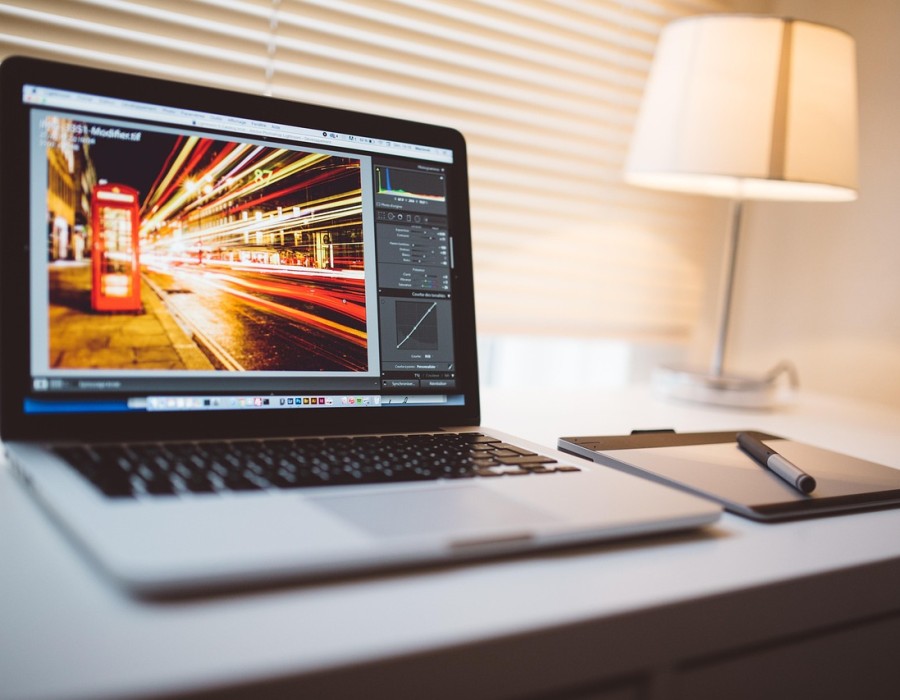Editing is often described as the art you don’t notice. When it’s done well, the audience gets pulled into the story without thinking about the transitions happening on screen. Every great film, gripping documentary, or even a quick social media reel goes through a journey in the edit room. From the first messy version to the final polished one, each step has its own role, and the kinds of cuts used along the way decide how the story feels.
Rough Cut – Building the Skeleton
The first version of any film is the rough cut. This is when the editor strings together all the shots in the right order to see how the story plays out. It’s not about polish or timing yet—it’s about building the skeleton. At this stage, the film may feel clunky, with uneven sound and scenes that run too long, but it helps the director and editor see what works and what doesn’t. Decisions about what to keep, shorten, or remove usually start here.
Fine Cut – Finding the Flow
After the basic structure is in place, the fine cut sharpens things. Here, editors focus on rhythm—trimming extra frames, adjusting the timing of dialogues, and making sure each moment feels right. A glance that lingers too long or a pause that’s too short can change the emotion of a scene. The fine cut is about balancing those details so the story carries the right mood.
Final Cut – The Locked Version
The final cut is the version the audience eventually sees. By this point, visuals have been cleaned, sound has been mixed, music added, and the story has reached its intended shape. No major changes happen after this stage. It’s the version that goes out to theaters, television, or streaming platforms—the complete work that reflects the director’s vision.
Types of Cuts in Film
Cuts are the transitions from one shot to another, and the type chosen has a huge impact on how the audience experiences the story. Here are the most commonly used cuts:
- Straight Cut – The simplest form, where one shot ends and another begins. It’s clean and invisible, keeping the focus on the narrative.
- Jump Cut – The same subject appears in slightly different positions, creating a jarring effect. It’s often used to show time passing quickly or to add energy, and it’s also common in YouTube vlogs and reels.
- Match Cut – Links two scenes through a visual or motion similarity. A door closing might cut to another door opening elsewhere. Clever match cuts stay with the viewer long after.
- Cross-Cut (Parallel Editing) – Switching between two actions happening at the same time, often to build suspense. Classic thrillers and heist films use this to great effect.
- Cutaway – Shifts briefly to something outside the main action, such as a crowd reaction, before returning to the central scene. It adds context or emotion.
- Montage – A sequence of short clips stitched together, often with music, to show development or progress. Training montages in sports films are the best-known examples.
- Smash Cut – A sudden, unexpected transition—for instance, moving from a quiet moment to a loud explosion. It’s designed to shock.
- Fade In / Fade Out – Gradually moving into or out of black. Often used to mark beginnings, endings, or time jumps.
- Dissolve (Crossfade) – One image slowly blends into another, suggesting a passage of time or a change in mood.
- Invisible Cut – A hidden edit that makes it look like the scene is one continuous take. Films like Birdman and 1917 used this style to keep tension alive.
Editing in Short-Form Content
While many of these cuts were born in cinema, they are now widely used in digital content. Short videos on Instagram, TikTok, or YouTube rely heavily on jump cuts, quick match cuts, and montages to grab attention in seconds. With viewers scrolling quickly, pacing has become everything. What was once mainly a film technique is now part of everyday content creation.
Even corporate ads and brand films borrow these approaches. A good video production company knows that the right kind of cut can completely change how a message is received. A sharp jump cut can create humor, while a smooth dissolve can evoke emotion. Editing is no longer just about films; it’s at the core of how stories are told across platforms.
Why Editing Matters
Shooting may get the material, but editing turns it into a story. A scene can be quiet and emotional, or fast and energetic, depending on how it’s cut. Without editing, a film would feel unfinished—like a book without punctuation.
From the first rough assembly to the locked final version, editing decides how a viewer feels from moment to moment. The right use of cuts guides emotions, builds suspense, and sometimes even defines the memory a film leaves behind.





Comments